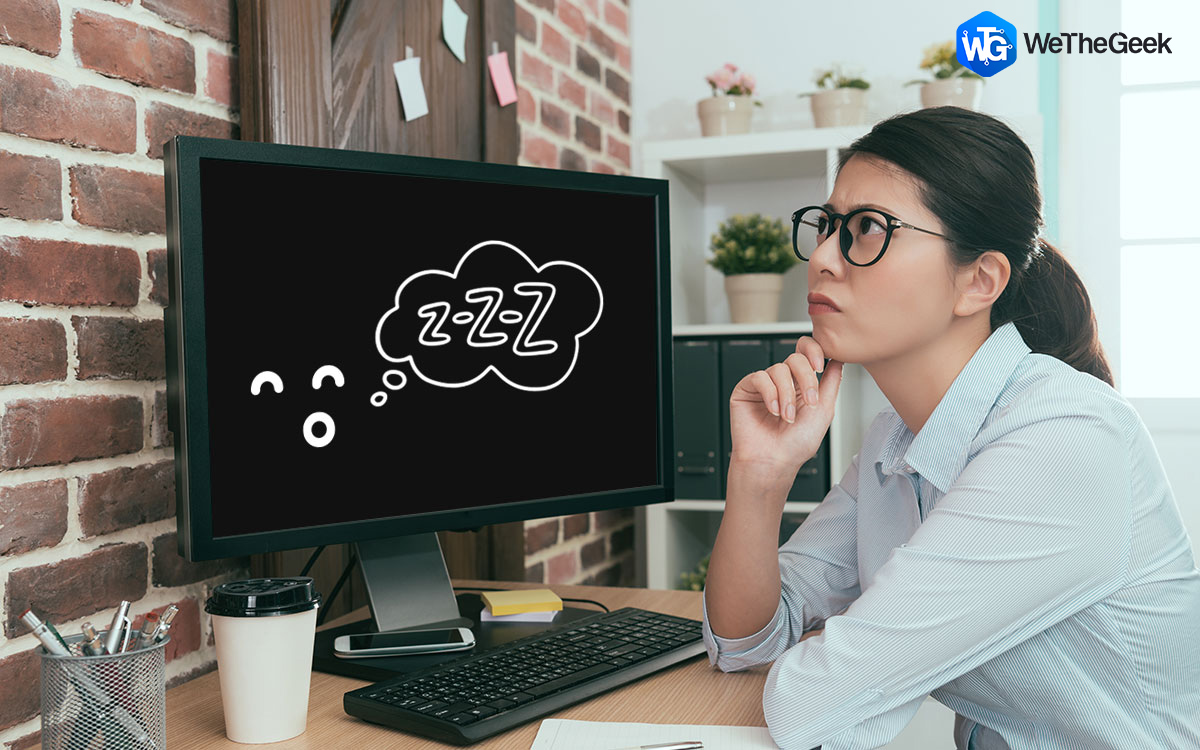



The power button can put your computer to sleep when you press it, if you like. Head to Control Panel > Hardware and Sound > Power Options > Change When the Computer Sleeps to change this setting. You can customize how long your computer waits before sleeping, however. Laptops of all types are usually configured to sleep when you close the lid and wake up when you open it. New Windows computers are set to automatically sleep after a period of time, and then automatically hibernate after that. RELATED: How to Re-Enable Hibernation in Windows 8 and 10 In other words, Hibernate is literally the same as shutting down your computer–only with all your work saved exactly as you left it. How long it takes depends on the speed of your hard drive–if you have a speedy solid-state drive, it should be pretty quick. It’ll take a bit longer to resume, but it won’t take as long as booting up if you had shut down your computer. You’ll go right back to where you were with all your programs and documents open. When you turn your computer back on, it will load the data from the disk into RAM and resume from where it left off. Your computer won’t draw any additional power, like it does with sleep. Hibernate, on the other hand, saves your computer’s state to the hard drive, and shuts down completely. When you turn on your computer, it can immediately resume from where it left off in just a second or two. Your computer continues drawing a small amount of power to keep that RAM powered on. Sleep puts your computer into a very low-power mode, and saves its current state in its RAM. All your open programs and documents will be in the same place, and you can immediately start doing whatever you need without sitting through a boot-up process, launching your programs, and opening your documents. It’ll start back up within a second or two if you put it to sleep, or a bit longer than that if you hibernated it. When you come back and press the power button, everything will be exactly as you left it. You don’t have to worry about closing your programs and saving your documents. When you’re done using your computer, you can just close your laptop’s lid (or, on a desktop, choose the Sleep or Hibernate option). Sleep and hibernate, on the other hand, preserve your session. The next time you go to boot your computer, you’ll have to sit through the boot-up process, manually relaunch all the programs you were using, and reopen all the documents you were editing. Before you shut down, you need to save your work. If you regularly use a computer, shutting down is extremely inconvenient.


 0 kommentar(er)
0 kommentar(er)
